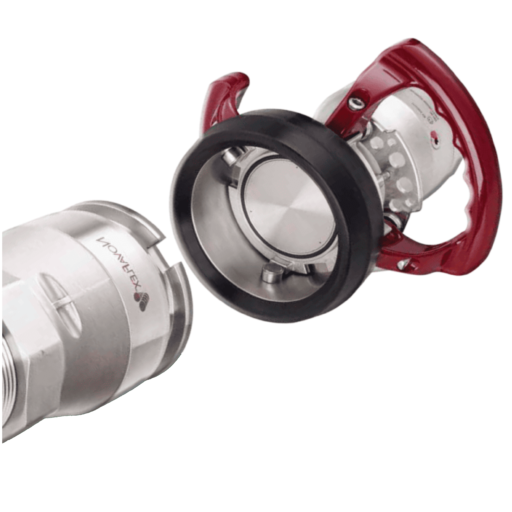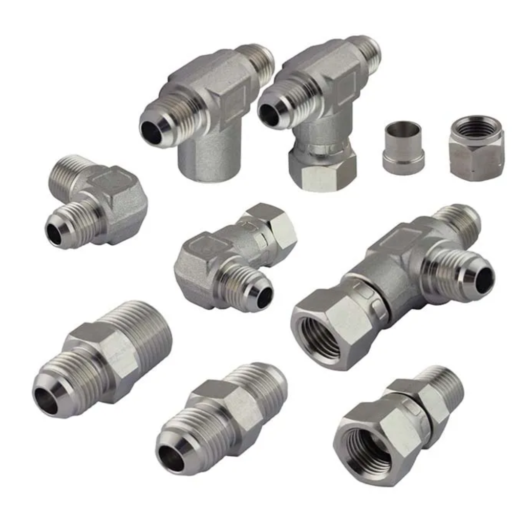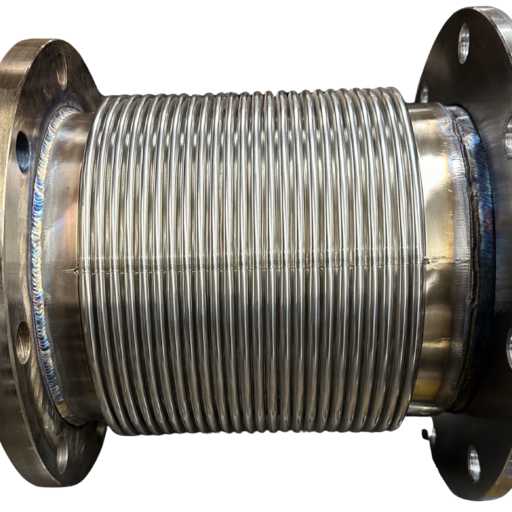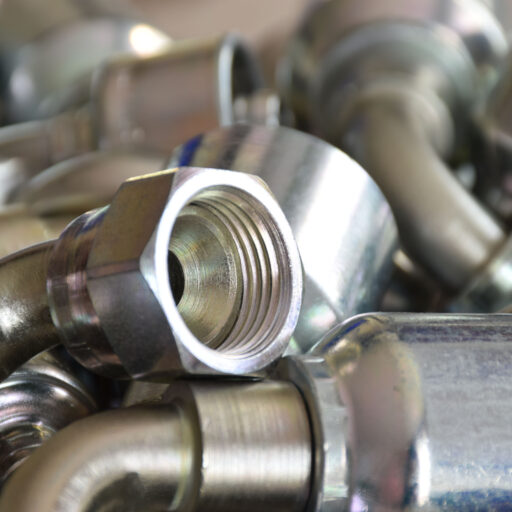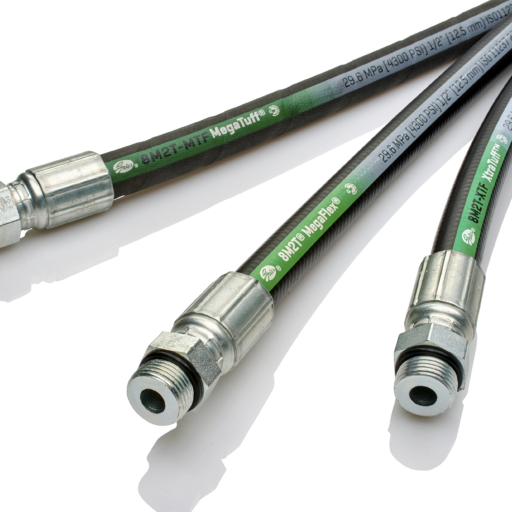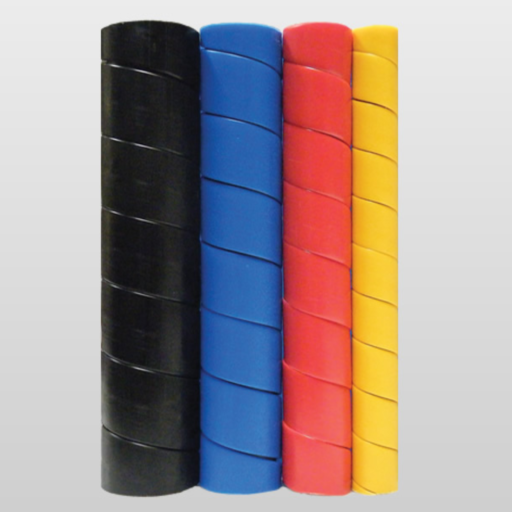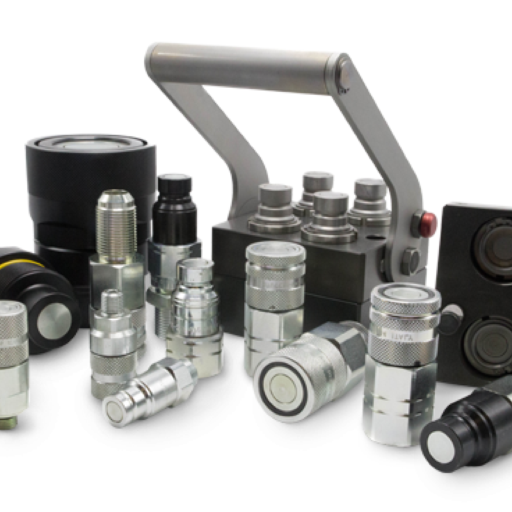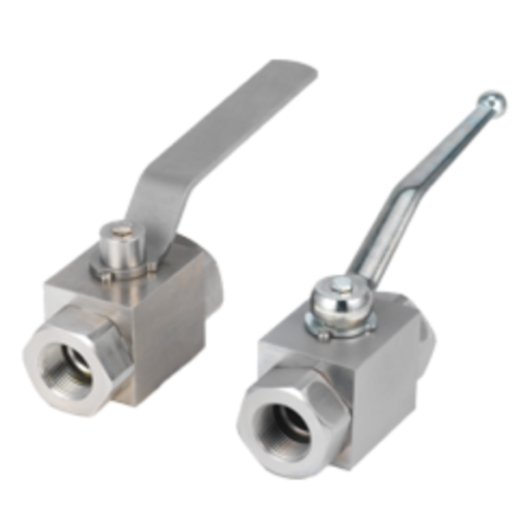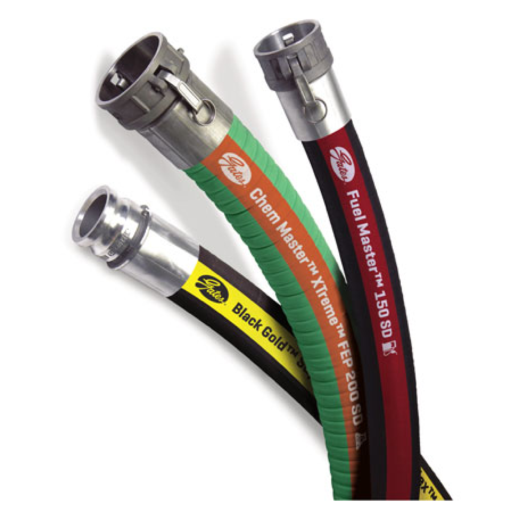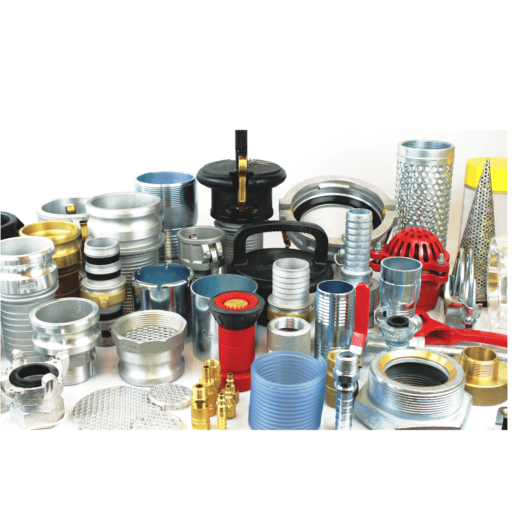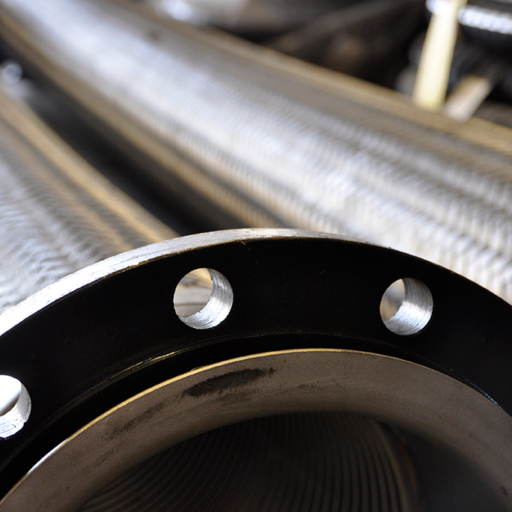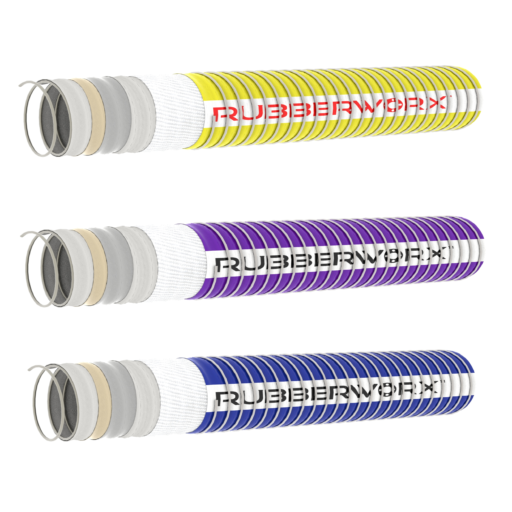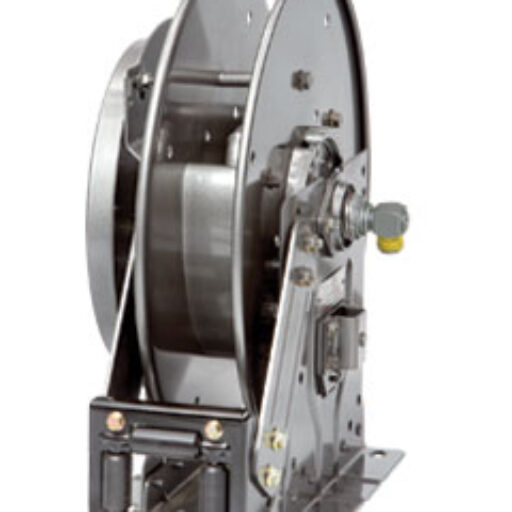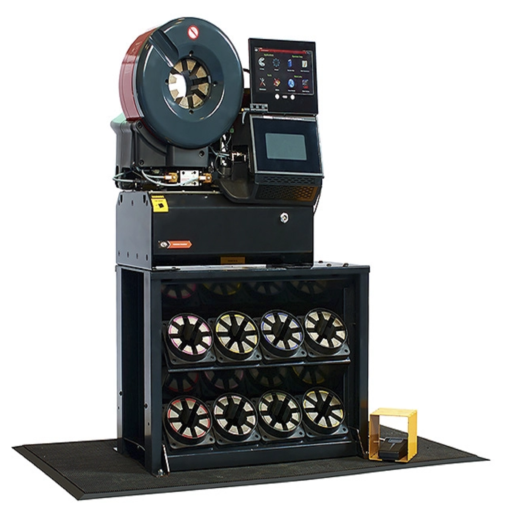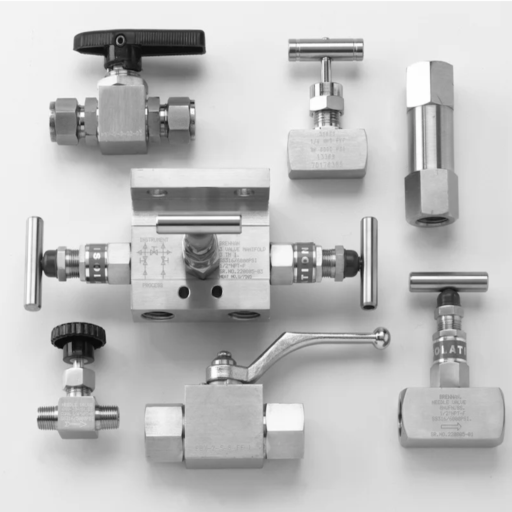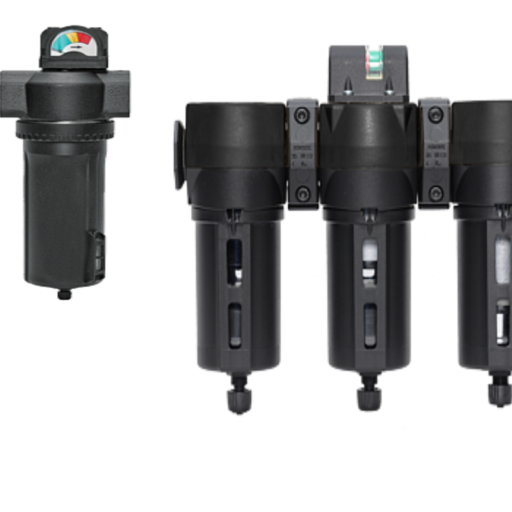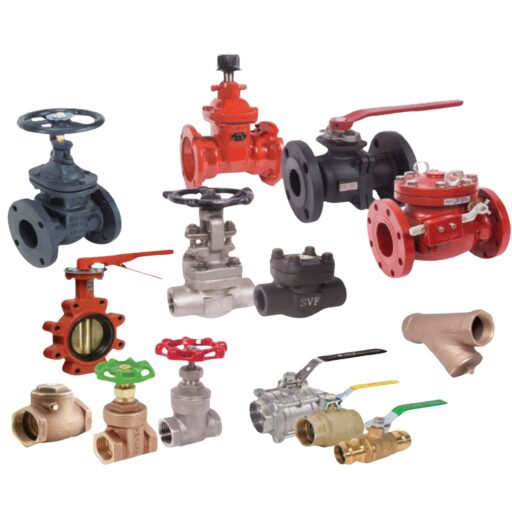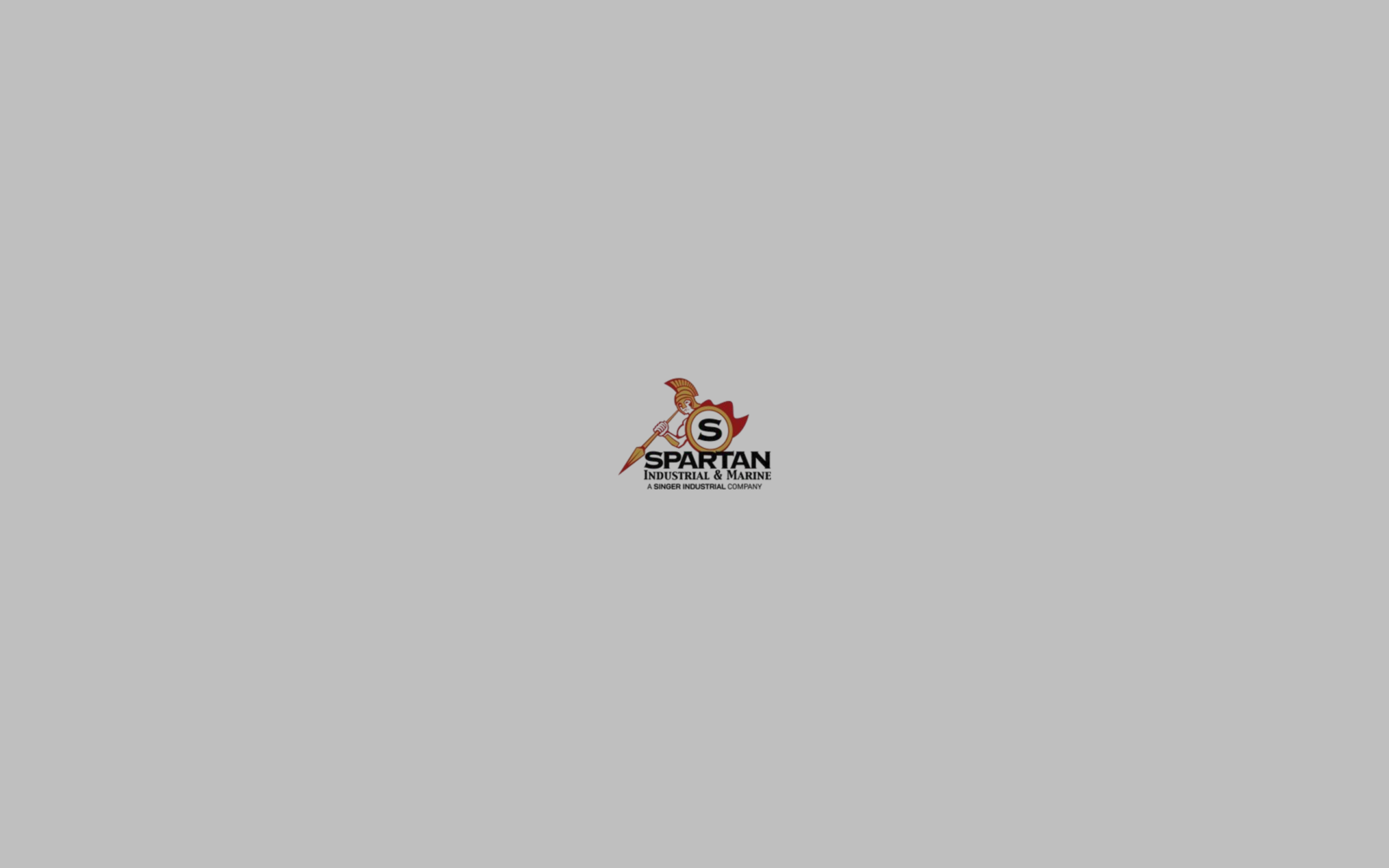10 Hose Handling and Maintenance Tips
On-Site and In-House, OnGuard™ Hose Management services are tailored to customer needs. We create person to person relationships and programs tailored to address the needs of a customer to lower procurement costs, maximize productivity, create a safer work environment and/or manufacture a safer product.
Check out the below 10 tips on proper hose handling and maintenance
Never exceed the rated working pressure of a hose.
- Never allow pressure spikes or surges above the maximum rated working pressure of the hose
- Excessive pressure can shorten the life of the hose
Never run over a hose with equipment or vehicles, such as forklifts.
- Running over a hose can damage the tube, reinforcement, and cover
- A buildup of pressure can cause damage at the coupling
Never pull a hose by its coupling
- Pulling a hose at the coupling can kink the hose and weaken the coupling’s bond to the hose
Never lift a heavy, large-diameter hose by the middle with the ends hanging down.
- The internal reinforcement can be damaged at the support point
- Support large hose every ten feet with rope saddles or slings
- When moving a hose, always lift the hose and coupling together
- Use dollies, rollers, or derricks when moving large hoses
Never over-bend a hose to the point of kinking
- Never bend the hose tighter than the recommended minimum bend radius
- Never kink a hose to stop the flow of material
- Kinking a hose can seriously damage the tube and reinforcement
- If needed, install bend restrictors at the coupling to prevent the hose from being bent past its minimum bend radius
A hose cover exposed to excessive wear can be protected with an extra cover, such as a nylon sleeve or pad.
Make the cover slightly longer than the hose to accommodate any change in the hose length when in use
Remove kinked or crushed hose from service immediately
- Inspect and test the hose before putting it back in service
- An outside diameter of a hose which has been permanently reduced by more than 20% should be removed from service
- An outside diameter of a hose which has been reduced by 20% or less should have a hydrostatic test done before being put back into service.
Remove and test any hose assembly that has been subjected to abuse
- This includes a hose that has been severely pulled at the coupling, flattened, crushed, kinked, cut, abraded or exposed to temperatures or pressures above noted maximums.
Visually inspect and pressure test hose at regular intervals
- This is extremely important for critical application hoses, such as acid/chemical, steam, LPG, and petroleum
- Check for kinks, bulges, soft spots, loose areas, abrasions, and cuts
- Cuts or abrasions which expose the reinforcement are signs that the hose should be immediately removed from service
Always check for fluid seepage by pushing at the base of the coupling with your thumbs; a hose softened by fluid seepage must be replaced
- Check for coupling slippage
- Remove any hose that does not pass your visual inspection
